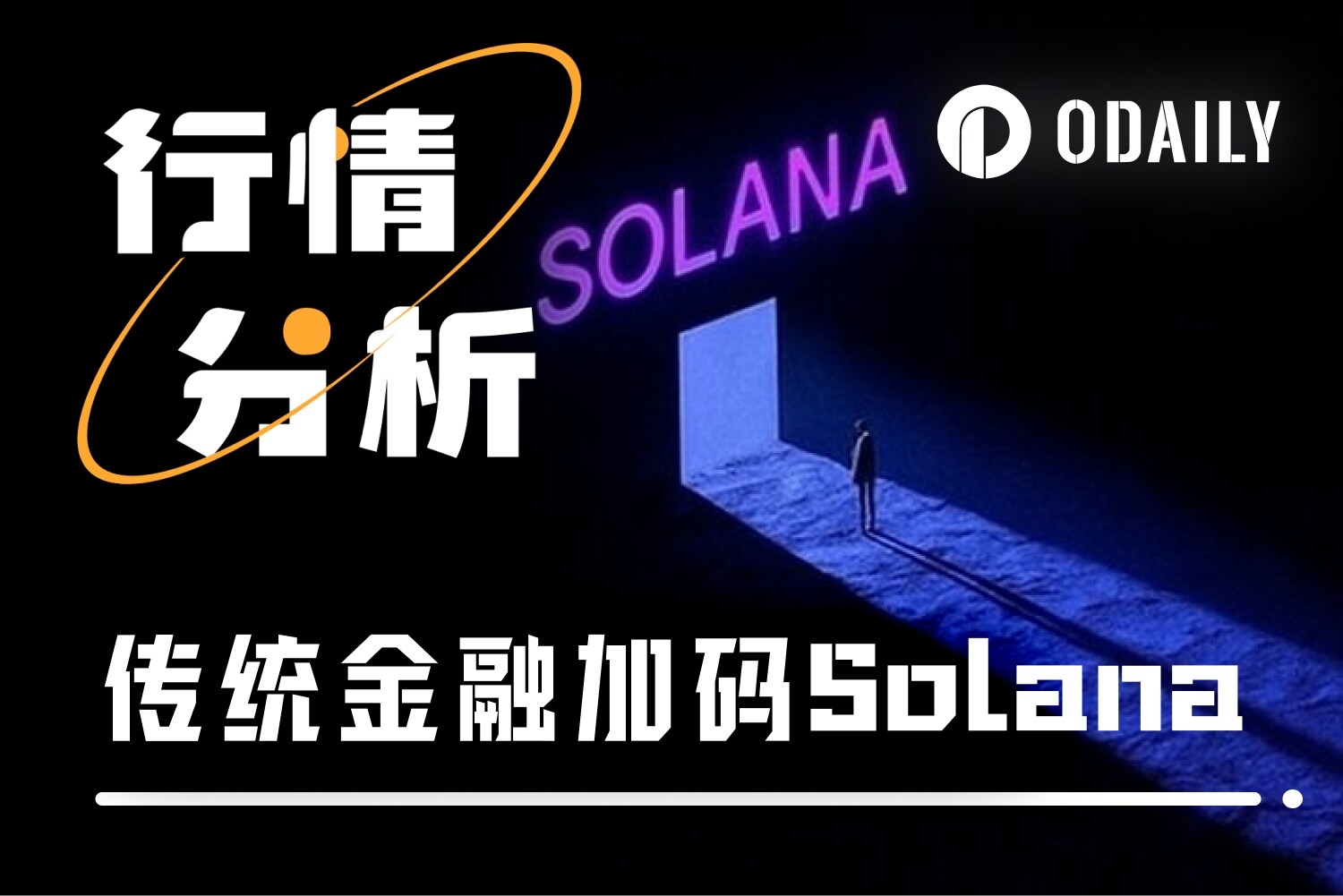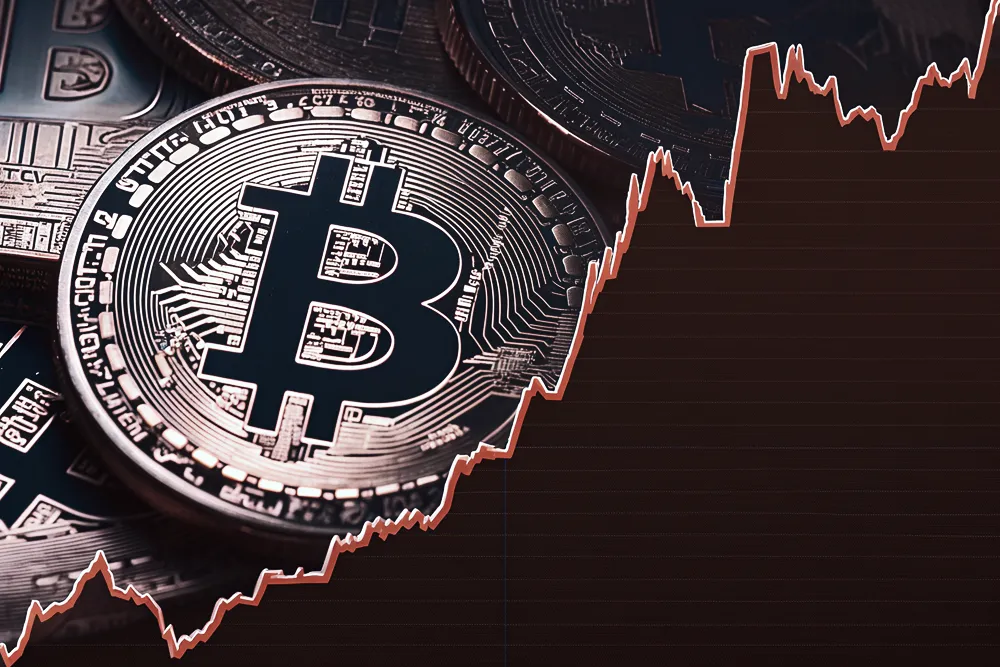Original | Odaily Planet Daily (@OdailyChina)

Today, Bitcoin has once again fallen below $100,000, and the crypto market is in a state of extreme fear, with the Fear and Greed Index reaching 22.
Institutional buying retreat is one of the main reasons for the recent market downturn. According to SoSoValue data, on November 13, the total net outflow from Bitcoin spot ETFs was $870 million, the second highest in history. In the past month (from October 13 to November 13), Bitcoin spot ETFs had only 7 days of net inflow, with a total monthly net outflow of $1.84 billion. The situation for Ethereum spot ETFs is also not optimistic. According to SoSoValue data, there were only 6 days of net inflow in the past month, with a total monthly net outflow of $1.06 billion.
ETFs, as the main external buying support in this bull market, have been continuously selling Bitcoin and Ethereum, which raises the question: has mainstream traditional finance lost interest in crypto?
During the U.S. government shutdown, on October 28, the first Solana spot ETF—Bitwise Solana Staking ETF (ticker symbol BSOL)—was officially listed on the NYSE. According to SoSoValue data, the net inflow on the first day of listing was $69.45 million. Following that, on October 29, the Grayscale Solana Trust ETF (ticker symbol GSOL) was also converted from a trust to an ETF and officially listed on the NYSE.
Currently, there are only two Solana spot ETFs in the market. As of November 13, the total net asset value of Solana spot ETFs was $533 million, with a net asset ratio of 0.64%, and the historical cumulative net inflow has reached $370 million.
Although the total net inflow of Solana spot ETFs is still less than one percent of Bitcoin spot ETFs, in the context of other ETFs withdrawing funds and the continuous decline in SOL prices, the fact that Solana spot ETFs have maintained net inflow for 13 consecutive days is quite a show of "confidence."
For SOL investors, this is also a deducible positive signal. ETF funds are accumulating at the bottom of SOL and providing buying support. After sufficient turnover, SOL may start an independent market trend.
Why Traditional Financial Funds Are Buying SOL
To analyze why traditional finance is heavily buying Solana spot ETFs now, the biggest possibility is valuing Solana's staking yield. Unlike holding Bitcoin spot ETFs, investors purchasing Solana spot ETFs can earn additional returns. Bitwise and Grayscale both promise to support SOL staking and share the staking rewards with users.
Compared to Ethereum's approximately 2% APY, Solana's average APY of around 7% is more attractive. Bitwise's Chief Investment Officer Matt Hougan also stated, "Institutional investors like ETFs because they like income; Solana has the highest income among all blockchains. Therefore, institutional investors like Solana ETFs," and he believes that as institutional buying continues to grow, the next phase for SOL will be driven by more rational capital.
At the same time, institutions may just be the "big players" in the market chasing after APY. The launch of Solana spot ETFs has given institutional investors the opportunity to access higher APY crypto products, which may also siphon off buying funds from Ethereum spot ETFs in the future.
When Will SOL Prices Rise
From the perspective of government shutdown and weakened regulation, the launch of Solana spot ETFs came at a good time; however, from the market environment perspective, the launch of Solana spot ETFs is indeed ill-timed, not only is the crypto market sentiment low, but it also coincides with massive whale sell-offs. For instance, Jump Crypto sold over 1.1 million SOL on October 30, worth over $200 million. Since the launch of the Solana spot ETF on October 28, SOL prices have fallen by over 26%.
The $370 million net inflow since the launch of the Solana spot ETF is completely unable to absorb the selling pressure from multiple market factors. Macroeconomic changes and market sentiment are always difficult to predict; however, at least it is certain that institutions are continuously increasing their holdings of SOL through the Solana spot ETF. In a situation where other crypto assets are being abandoned and bleeding out, SOL has gained a more solid backing, with a well-funded institutional buying support already formed.
Generally, institutional investors or ETF buyers tend to have a longer holding period than ordinary investors. Currently, as SOL's old whales are cashing out and prices remain low, the continuous inflow into Solana spot ETFs is equivalent to institutions building positions at the bottom, making it less likely for them to sell easily in the future.
In the second half of this year, mainstream coins like BTC, ETH, and BNB have all broken previous highs, while SOL has not surpassed the price peak of $295 set in January this year. One of the main reasons is heavy profit-taking; from October 2024 to January 2025, SOL rose from $152 to $295, an increase of nearly 100%. Now, as the previous SOL profit-taking gradually "clears out," new and more determined structural buying is joining, which will open up future upward channels for SOL.
For ordinary investors, while the decline brings pain, it can also create a "golden pit."
Related Articles
SOL Guardians' Crisis of Faith: Unbeatable Fundamentals, Why Is the Price "Flat"?
Reinterpreting Consolidation: Mainstream Coins Are Experiencing Major Whale Chip Swaps
免责声明:本文章仅代表作者个人观点,不代表本平台的立场和观点。本文章仅供信息分享,不构成对任何人的任何投资建议。用户与作者之间的任何争议,与本平台无关。如网页中刊载的文章或图片涉及侵权,请提供相关的权利证明和身份证明发送邮件到support@aicoin.com,本平台相关工作人员将会进行核查。




